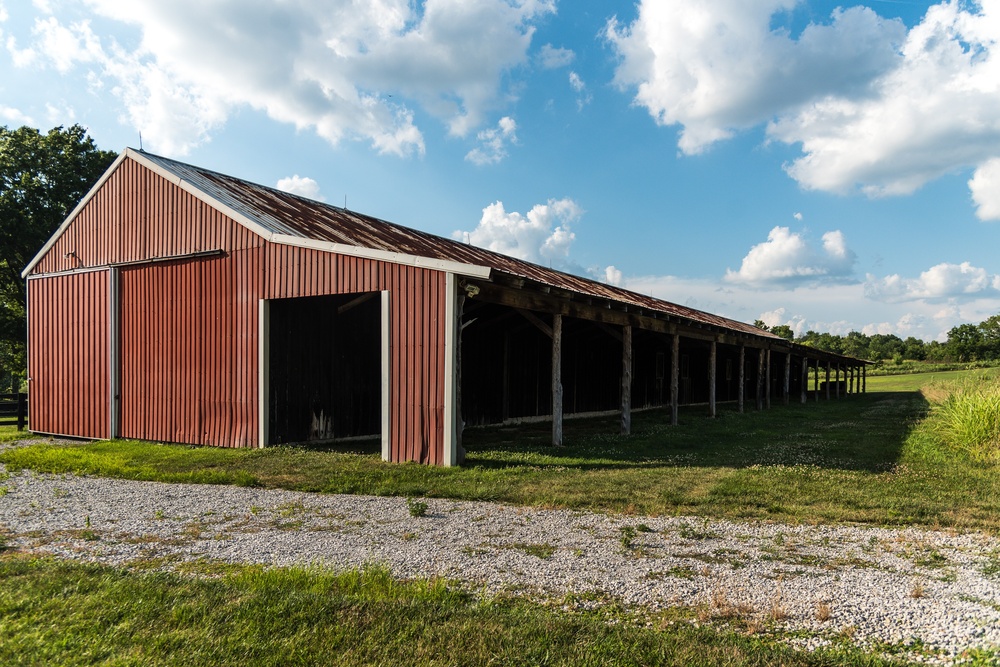28 Sep 2021
A building or not a building?

Business owners, and farmers in particular, have for some years been arguing that modern storage and processing facilities are far closer in design and use to a large and complex piece of machinery than they are to a simple building which keeps the contents safe and dry.
The difference is key for tax purposes, since buildings will only be due a modest “structures and buildings” allowance of 3% annually, whereas plant and equipment can be eligible for Annual Investment Allowance, which can mean 100% relief on expenditure up to £1,000,000 per annum (at least for the time being – the relief is due to return to £200,000 in January 2022).
The position was tested before the First Tier Tribunal (FTT) in 2019 in the case of May vs CIR. That case concerned a very bespoke grain store with complex grain handling features and a construction that effectively made it unsuitable for anything other than that particular use. After some detailed examination the tribunal came to the conclusion that the structure was in fact a silo and fell within the definition of” plant” for tax purposes. Subsequently, HMRC have taken the view that this was a very special set of circumstances and it appears that attempts to widen the application of the points at issue in other circumstances have met with resistance.
Details of a further case were released on 12th July 2021. In the case of JRO Griffiths Ltd vs HMRC, the taxpayer appealed against an HMRC decision to deny capital allowances on a potato store. Although the store had the appearance of a warehouse, it had a specially designed structure which facilitated the storage, drying, gassing and delivery of crisping potatoes. The cost of the store was about five times greater than would have been the case for a simple warehouse.
HMRC contended that a distinction should be drawn between the machinery within the building and the building which housed the equipment. The FTT agreed with the taxpayer that both the building and its equipment constituted a silo, and the interpretation of the word “silo” should not preclude crops other than cereals. Moreover, not only was the whole construction a silo, but it was also a cold store, notwithstanding that it did not contain significant mechanical refrigeration. On both grounds, therefore, all the expenditure would qualify for capital allowances as “plant and machinery”.
According to our agricultural partner Andrew Perrott “the result is both pleasing and logical. Modern potato and vegetable stores are not just general purpose buildings to shelter machinery and provide storage. They come with integrated temperature and moisture control and sophisticated material handling systems, all of which is contained within an integrated design. This case demonstrates that the May decision is capable of a wider interpretation and businesses investing in plant of this type will need to look carefully at both decisions when framing their claims for capital allowances.”
To discuss this further, please contact Andrew.